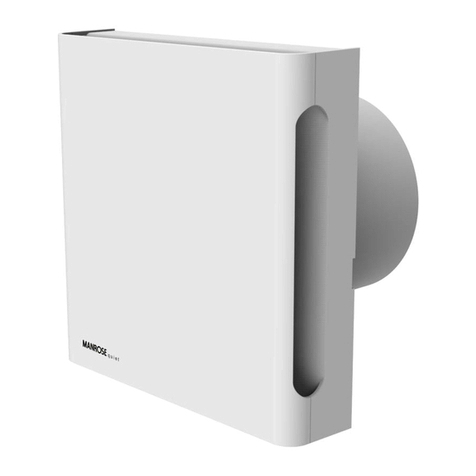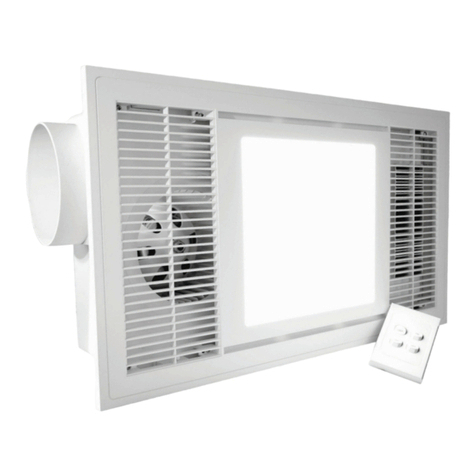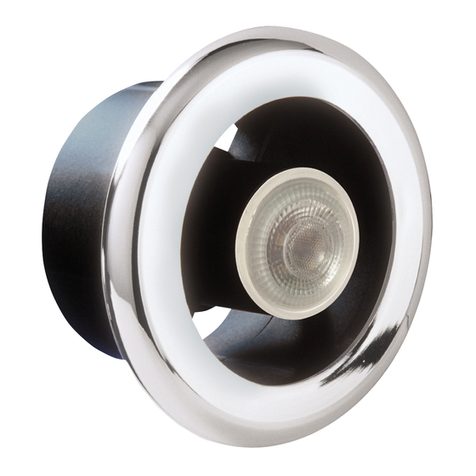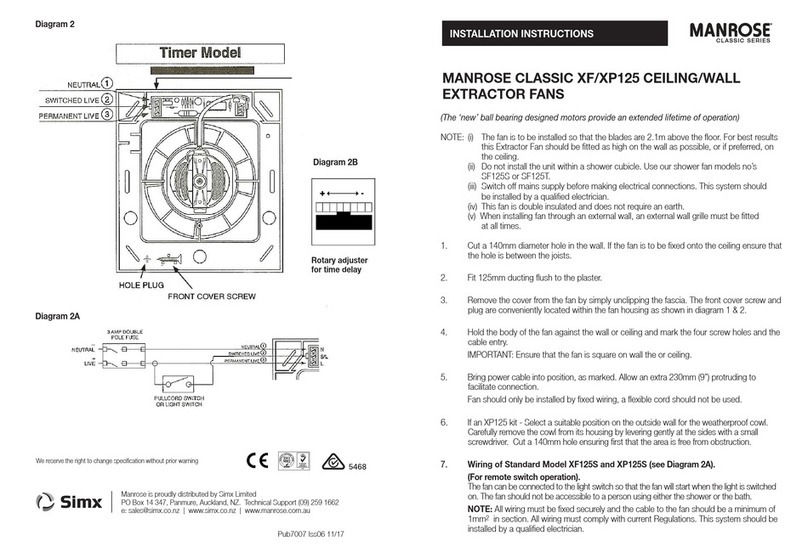Manrose FAN2303 User manual







This manual suits for next models
4
Table of contents
Other Manrose Fan manuals
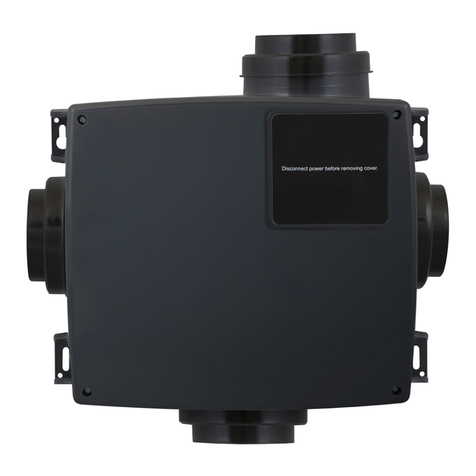
Manrose
Manrose MANI3000N Assembly instructions

Manrose
Manrose CQF100 User manual
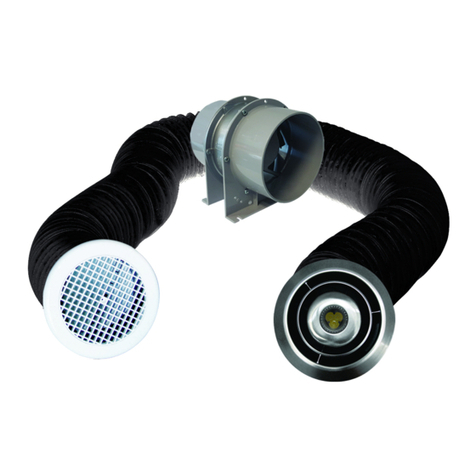
Manrose
Manrose LED Series User manual
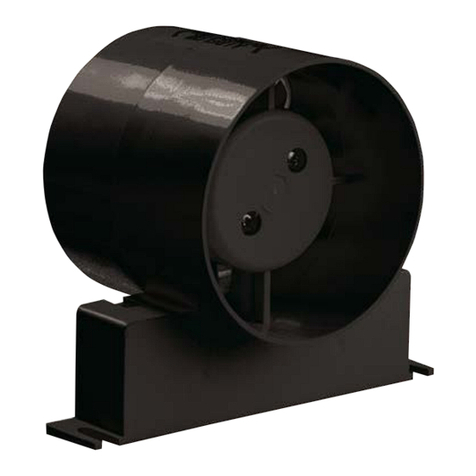
Manrose
Manrose FAN0090 User manual
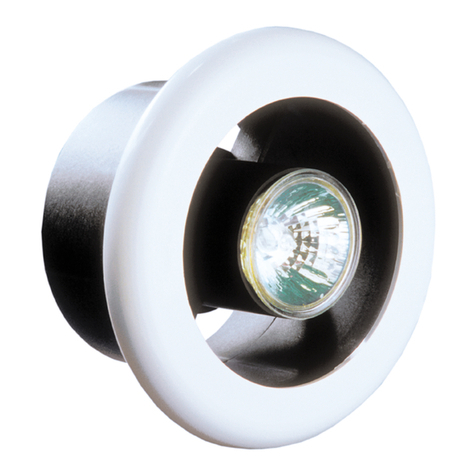
Manrose
Manrose EXTRACT-A-LITE Service manual
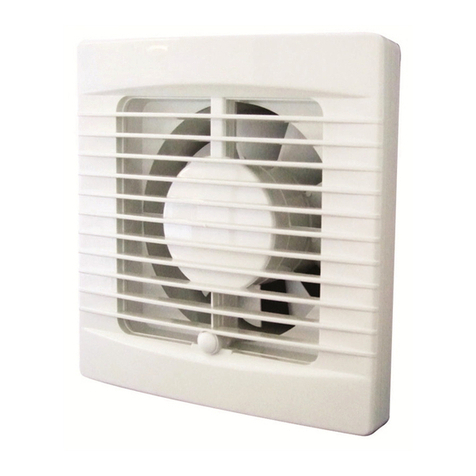
Manrose
Manrose FAN0046 User manual
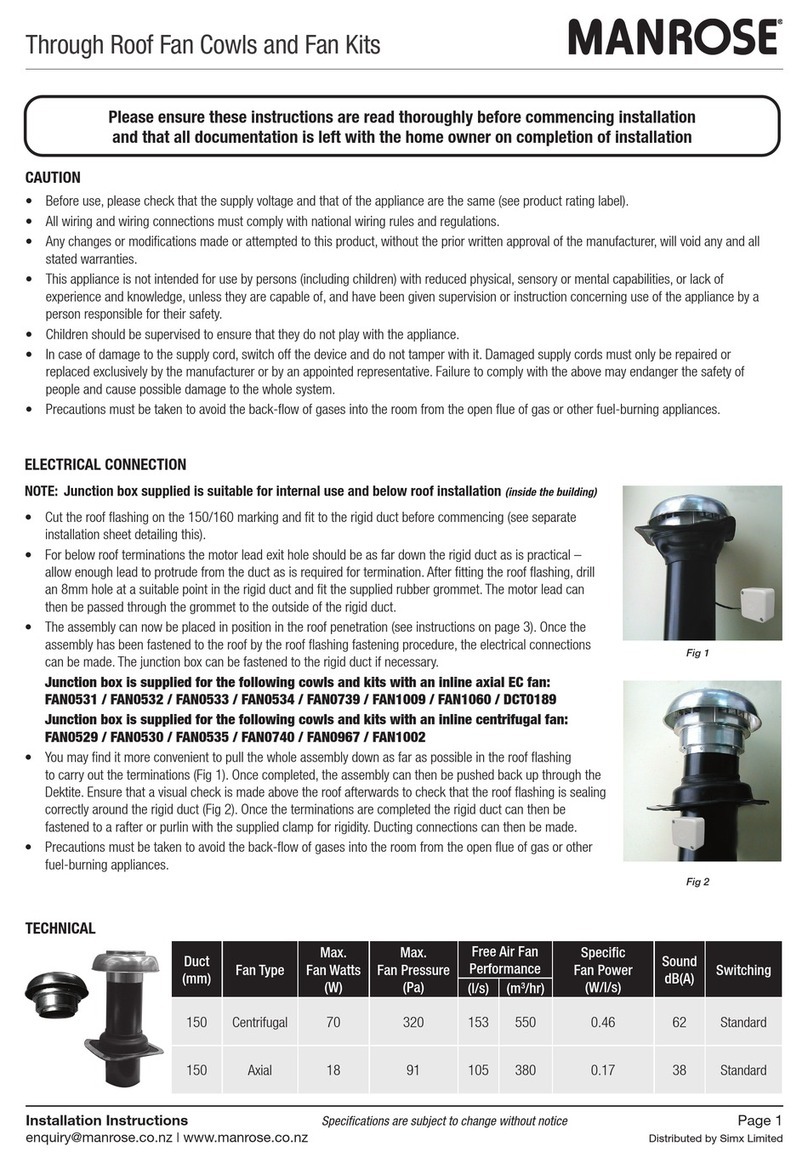
Manrose
Manrose FAN0531 User manual

Manrose
Manrose CLASSIC XF150 User manual
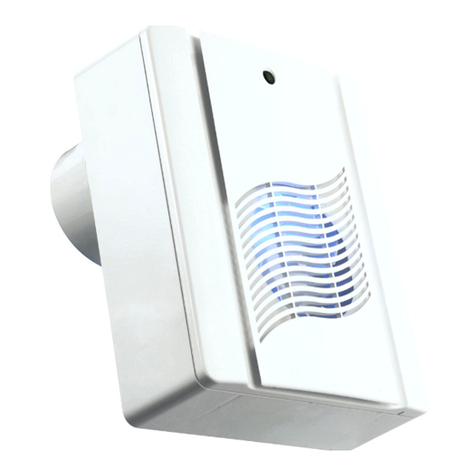
Manrose
Manrose M200P User manual
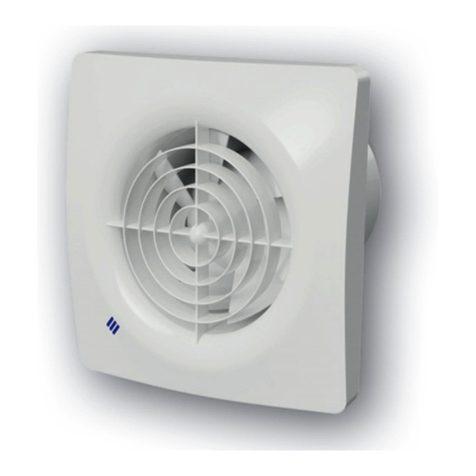
Manrose
Manrose FAN7180 User manual

Manrose
Manrose CRA100T User manual
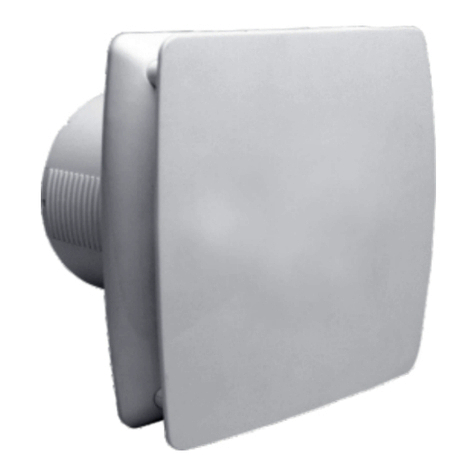
Manrose
Manrose MRUF150WH Assembly instructions
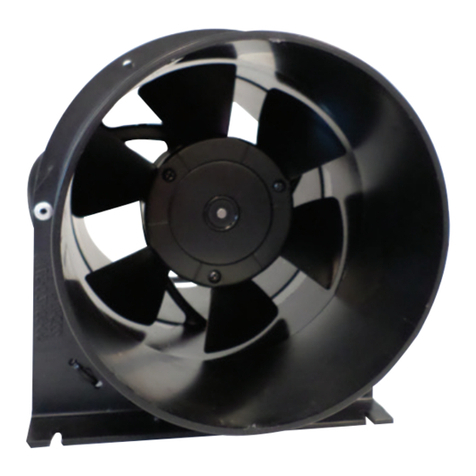
Manrose
Manrose HYPER150 User manual
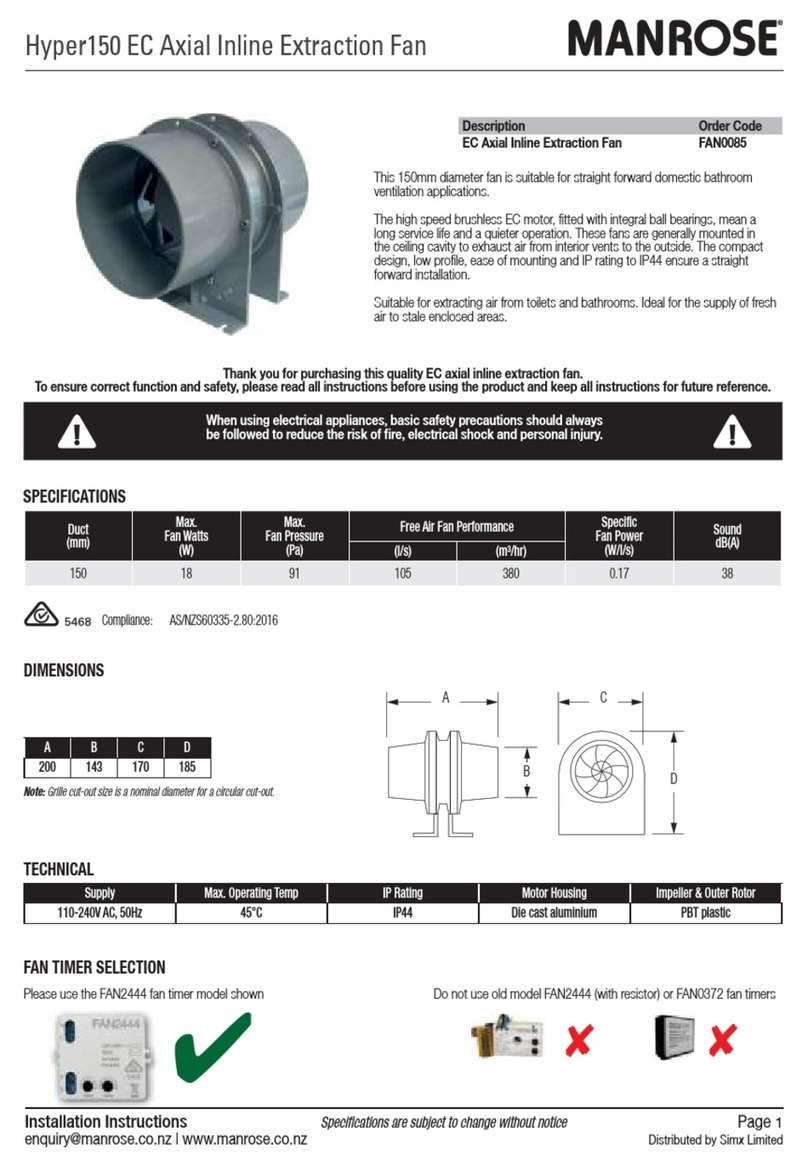
Manrose
Manrose FAN0085 User manual
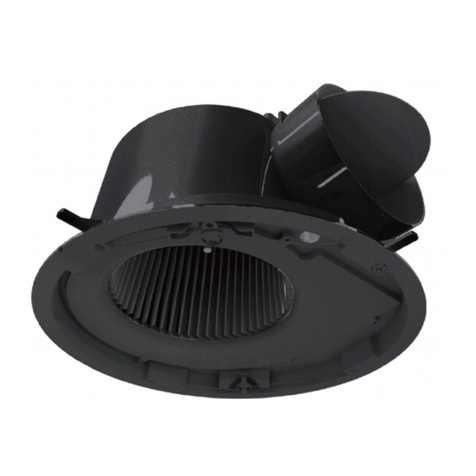
Manrose
Manrose LED Series User manual
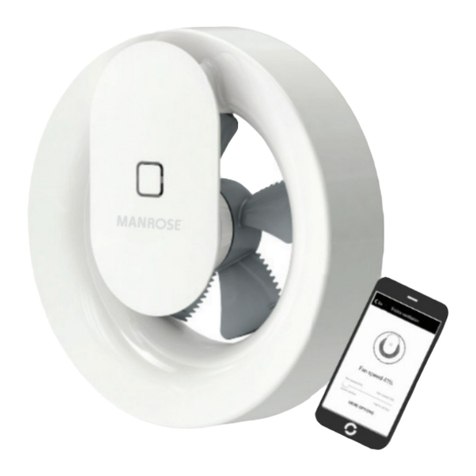
Manrose
Manrose LED Series Installation guide

Manrose
Manrose FAN7189 User manual

Manrose
Manrose FAN5375 User manual
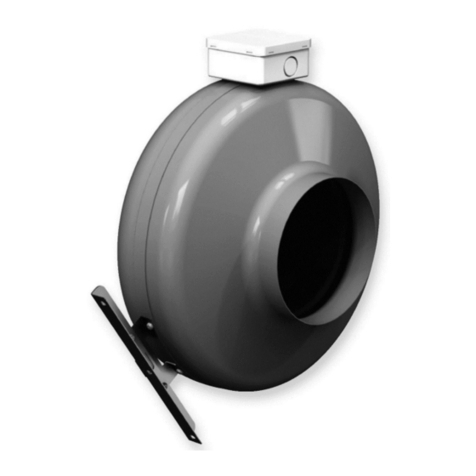
Manrose
Manrose MET Series Assembly instructions
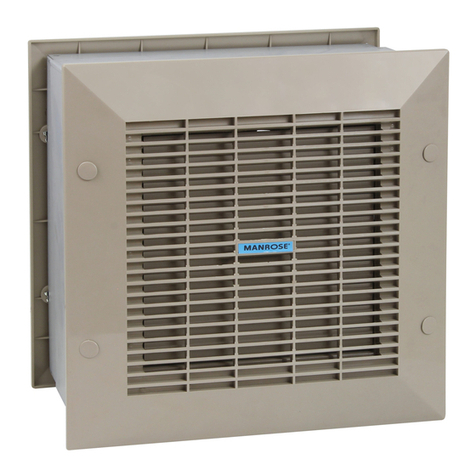
Manrose
Manrose COMT Series User manual
Popular Fan manuals by other brands
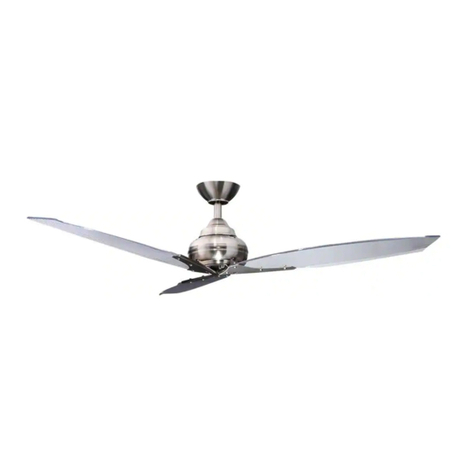
HAMPTON BAY
HAMPTON BAY Florentine manual
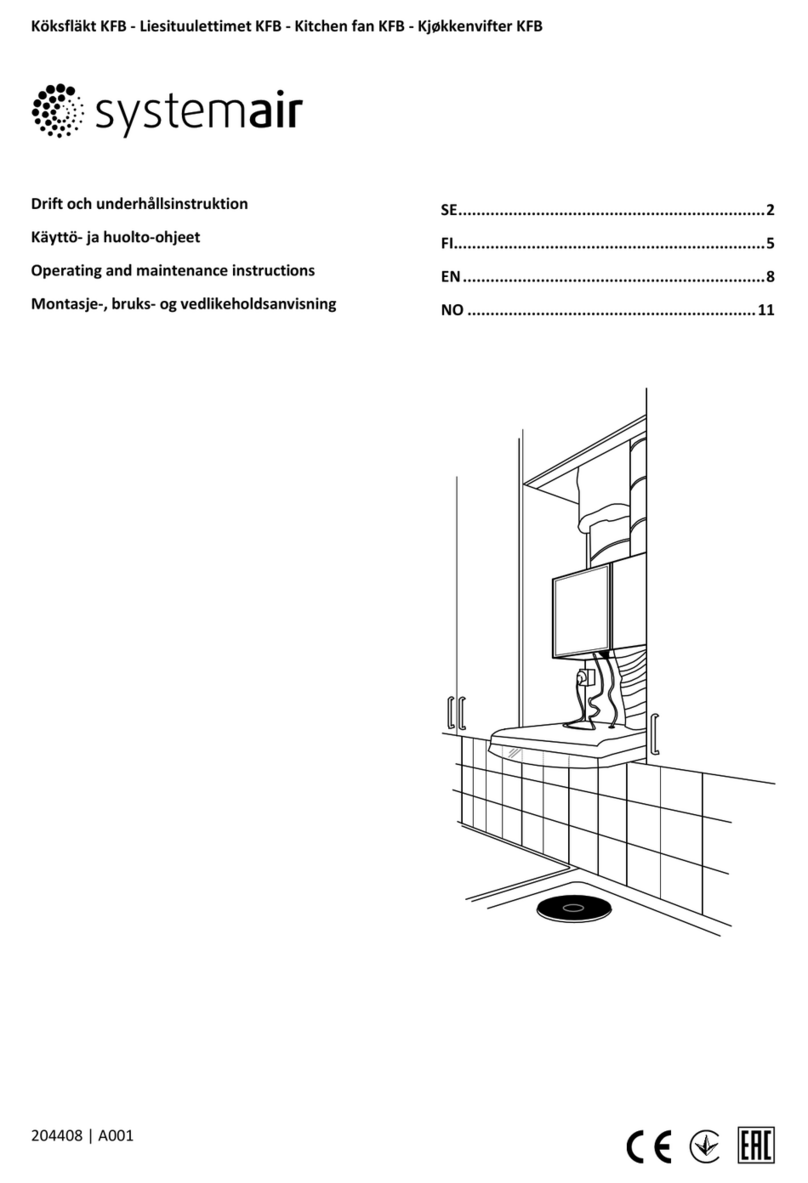
System air
System air KFB Operating and maintenance instructions
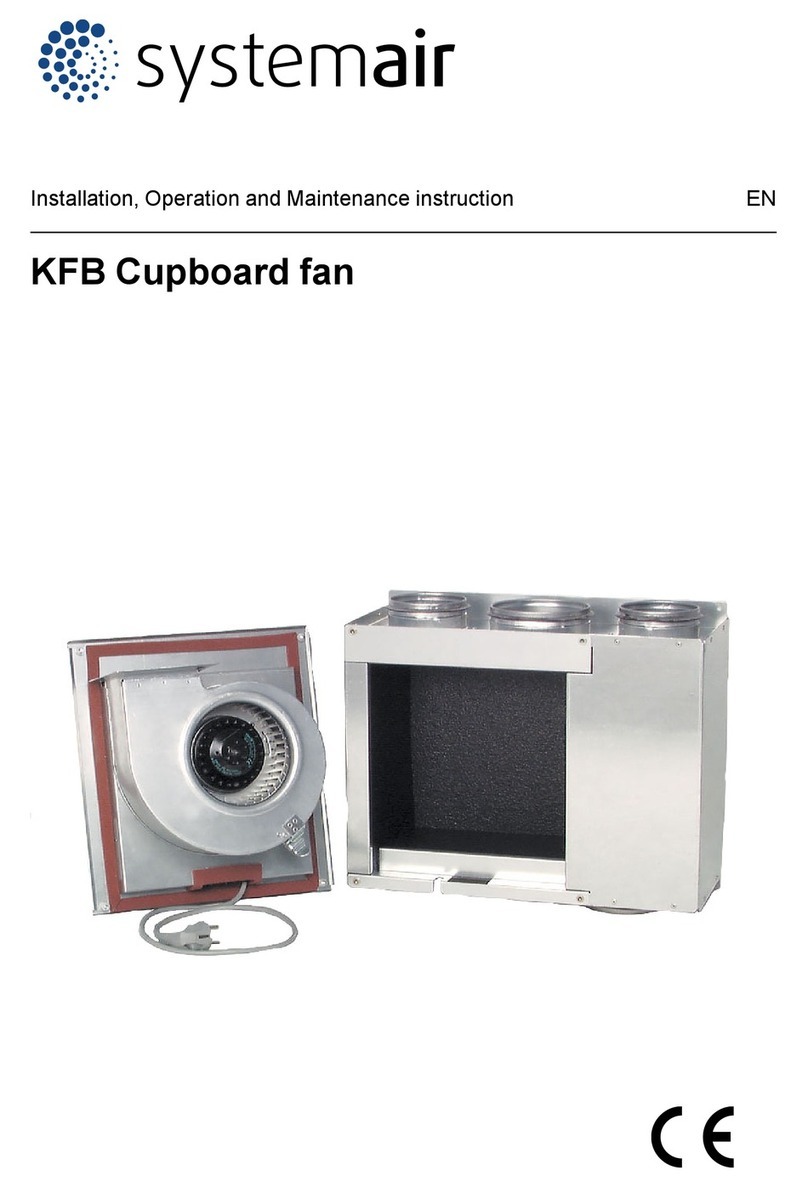
System air
System air KFB Installation,operation and maintenance instruction
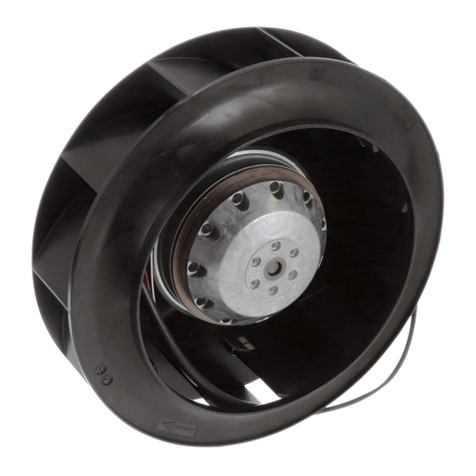
Ebmpapst
Ebmpapst R2E220-AA40-71 operating instructions
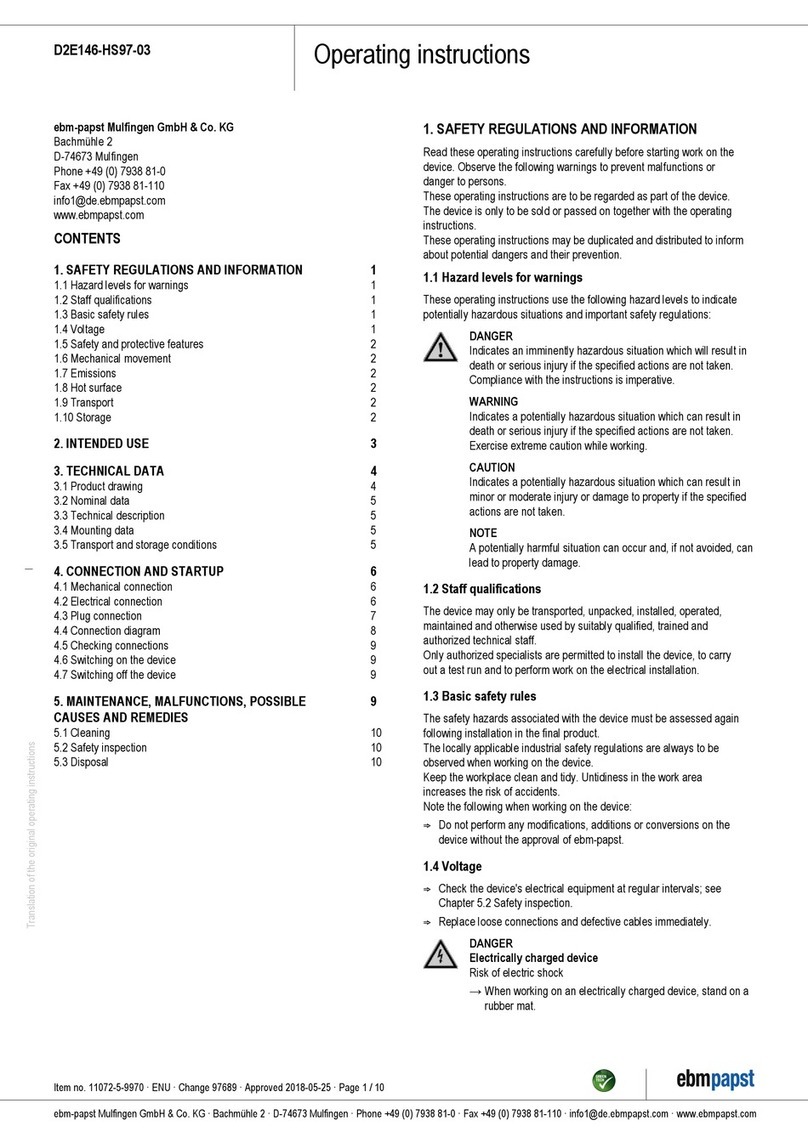
Ebmpapst
Ebmpapst D2E146-HS97-03 operating instructions
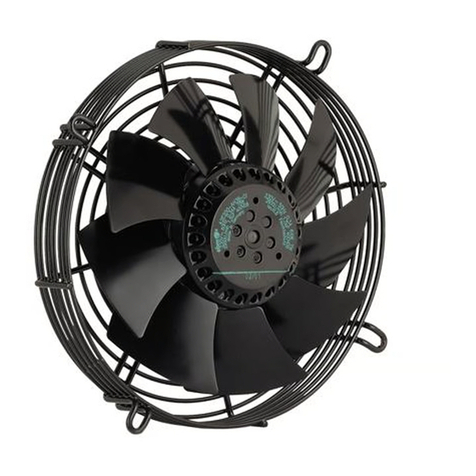
Ebmpapst
Ebmpapst S2D200-AH18-01 operating instructions

Air King
Air King 9102 Operating instructions and parts manual

HAMPTON BAY
HAMPTON BAY TY-50-L (HD) Use and care guide

M Confort
M Confort MF60 user manual
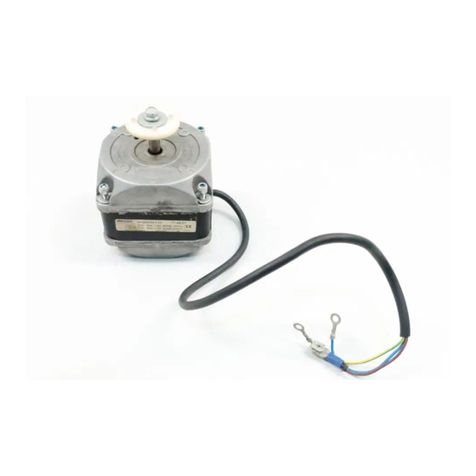
Ebmpapst
Ebmpapst M4Q045-BD03-04 operating instructions
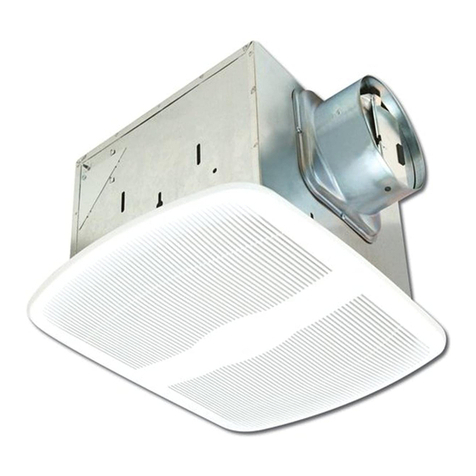
Air King
Air King AK150LS Series operating manual

Ebmpapst
Ebmpapst R3G310-AO52-01 operating instructions

Ebmpapst
Ebmpapst A3G710-AU21-01 operating instructions
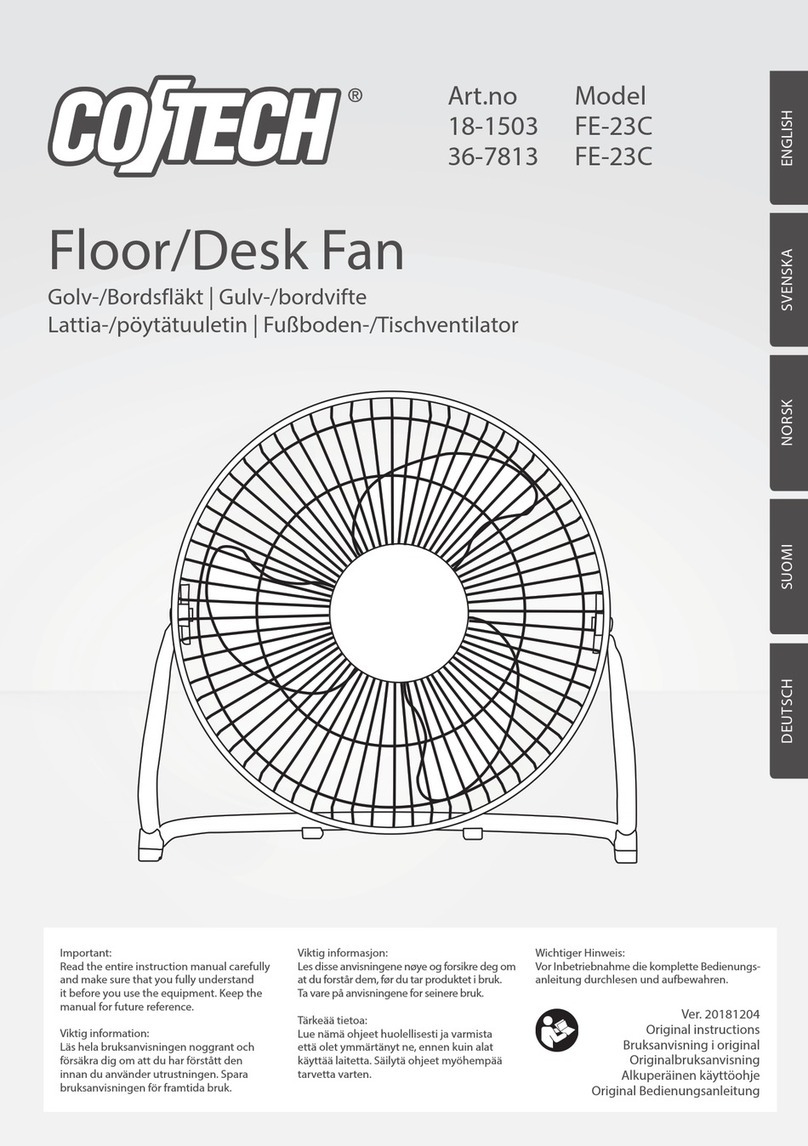
CO/Tech
CO/Tech FE-23C Original instructions

Oriental motor
Oriental motor MU Series operating manual
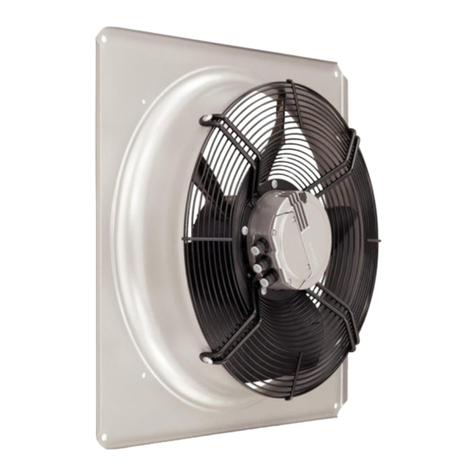
Ebmpapst
Ebmpapst W3G400-CC22-51 operating instructions

HAMPTON BAY
HAMPTON BAY VERANDA 499-493 owner's manual
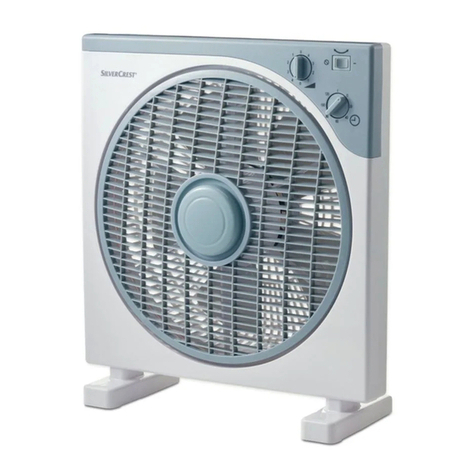
Silvercrest
Silvercrest SBV 50 B1 Operation and safety notes
